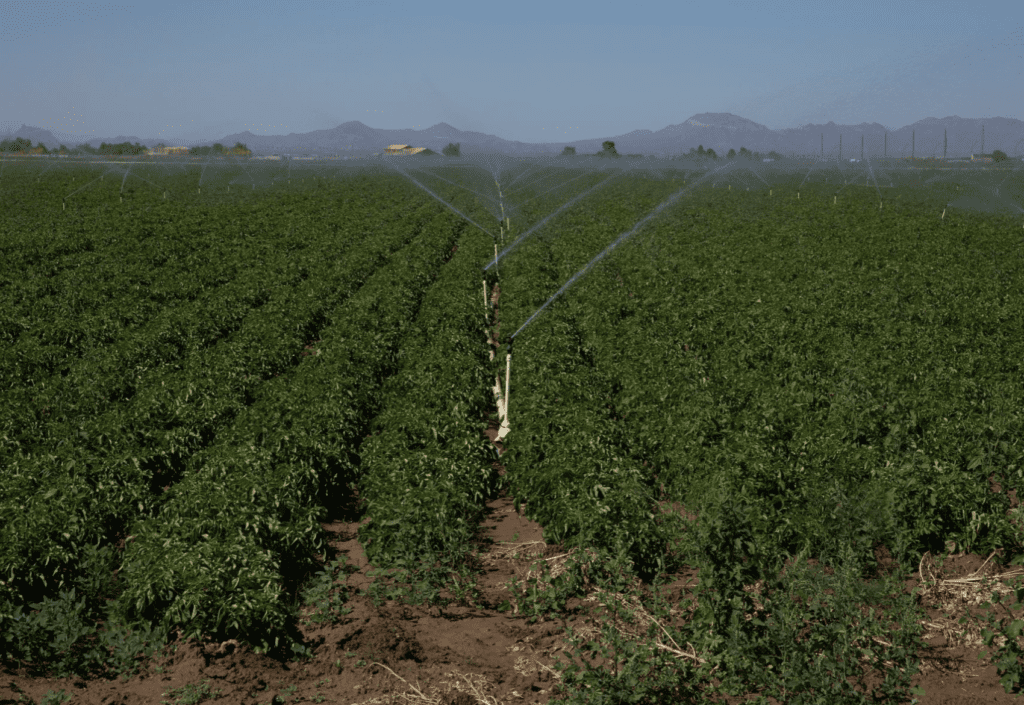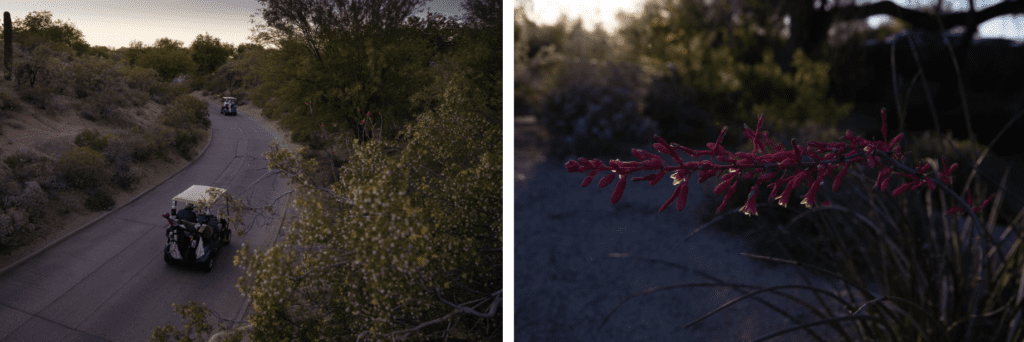Daniel Salzler No. 1147
EnviroInsight.org Five Items April 22, 2022
—————Feel Free To Pass This Along To Others——————
If your watershed is doing something you would like others to know about, or you know of something others can benefit from, let me know and I will place it in this Information newsletter.
If you want to be removed from the distribution list, please let me know.
Please note that all meetings listed are open.
Enhance your viewing by downloading the pdf file to view photos, etc. The
attached is all about improving life in the watershed. If you want to be removed from
the distribution list, please let me know. Please note that all meetings listed are open.
Check our website at EnviroInsight.org
- Celebrate The 150th Year Of Arbor Day, April 30, 2022. As so many men and women are working forest fires across the state of Arizona and other States, we can all be thankful for the work they do.
If you are looking for something to do on this day, go to https://arbordayblog.org/arbor-day/150-ways-to-celebrate-trees-on- arbor-day/ for 150 ways to celebrate Arbor Day.

Test your knowledge of trees by taking the Tree Trivia Quiz:a.
a. How old is the oldest tree in the United States?
A. 750 years old B. 2,000 years old C. 4,800 years old
b. How many people rely on forests for clean drinking water in the United States?
A. 180 million B. 1 million C. 50 million
c. How many species of tress are there in the United States?
A. 850 B. 375 C. 2000
d. How many trees does the Average American use each year in paper, wood and other tree parts
A. 1 B. 7 C. 15
e. Baseball bats are made from what kind of tree?
A. Ash B. Oak C. Pine
f. How many gallons of maple sap are needed to make one gallon of maple syrup?
A. 5 – 7 B. 10 – 15 C. 30 – 40
g. At what rate will most trees seedlings grow per year?
A. 6 inches B. 1 foot C. 2 feet
h. What is the largest tree in the world in terms of overall height and circumference?
A. Giant Sequoia B. Douglas Fir C. White oak
ANSWERS AT END OF NEWSLETTER
2. National Drug Take Back Day. April 30th, 2022
The drug overdose epidemic in the United States is a clear and present public health, public safety, and national security threat. DEA’s National Prescription Drug Take Back Day reflects DEA’s commitment to Americans’ safety and health, encouraging the public to remove unneeded medications from their homes as a measure of preventing medication misuse and opioid addiction from ever starting.
DEA is committed to making our communities safer and healthier, and we can do this by reducing overdoses and overdose deaths. While the community does its part to turn in unneeded medications and remove them from potential harm, we are doing our part to further reduce drug-related violence.
Go to the web site https://www.dea.gov/takebackday and scroll down to the “Collection Site Locator”, enter your zip code or County or City or State and search distance. Click “Submit” to locate the closest take back location.
Go to the web site https://www.dea.gov/takebackday and scroll down to the “Collection Site Locator”, enter your zip code or County or City or State and search distance. Click “Submit” to locate the closest take back location.
3. Arizona’s Dry Future Begins as Colorado River Shrinks. Farms are suffering this year and cities are expected to be affected next by a decline of one of the most important sources of water in Southwest.
Farmers in the fast-growing state are losing most of the water they receive from the Colorado this year, and many are leaving large amounts of land unplanted, with further cuts planned for next year. If shrinking water flows in the river don’t reverse, cities in Arizona and other states could be affected next, officials say.
“All of the projections are for the flow to continue to go down because of the warming of the climate,” said Tom Buschatzke, director of the Arizona Department of Water Resources. “The challenge will be how you parse out those limited resources from a long-term perspective.”
The 1,450-mile Colorado River supplies drinking water to 40 million people and irrigates 5.5 million acres of agricultural land. The U.S. Bureau of Reclamation last year declared the first-ever shortage on the Colorado after the level of Nevada’s Lake Mead—the river’s largest reservoir—was projected to fall below 1,075 feet. As of Thursday, the reservoir stood at 1,057 feet. In 2000, it was 1,214 feet. Lake Mead is considered full at 1,229 feet.

The so-called Tier 1 shortage triggered a cut of 512,000 acre-feet, or 18% in Arizona’s share of Colorado River water—about a quarter of what metropolitan Phoenix uses annually. The cuts are determined under agreements between the U.S. government and seven states that use the river, along with Mexico.
The cuts are being implemented this year, primarily in Arizona’s agriculture industry, which annually generates an estimated $23 billion in economic impact and is a large producer of cotton, lettuce and cattle. Pinal County, an area south of Phoenix which draws the most from the Colorado River in the state, is losing about 75% of that water in 2022 and all of it next year, according to the Arizona Farm Bureau.
“It is a huge cutback to one of the most essential resources Arizona needs, and it is a cutback with no soft place to land,” said farm bureau spokeswoman Chelsea McGuire. She said about half the farmland in Pinal County will be left unplanted this year. Wider cutbacks are expected across the state if the drought continues. Arizona farmers plan to ramp up their conservation efforts even more, and plant more drought resistant crops.
Dan Thelander, who cultivates 6,000 acres of crops on his family farm in Pinal County including alfalfa, corn and wheat, said he is leaving 3,200 acres unplanted this year because of the water cuts. To compensate, the farm plans to trim equipment purchases and may lay off about half of its 14-person staff. “I feel like we have all the rest of the problems every farmer does, and on top of that we have dramatic water cuts,” said Mr. Thelander.

Saguaro cacti and other examples of the effects of drought in Scottsdale.
The West has been afflicted by a record drought for most of the past two decades, attributed in large part to the warming climate, according to researchers.
If Lake Mead falls below 1,050 feet—which officials said was likely to happen in the next few years—it would trigger a Tier 2 shortage in which Arizona’s overall cutback will increase to 21% from 18% and cities will be significantly affected.

Nevada and Mexico’s allocations from the Colorado River, which are already starting to be trimmed, also will fall further.
A Tier 3 shortage, if Lake Mead falls below 1,025 feet, would trigger more cuts in those states and a 7% cut would be imposed in California, where farmers have already lost water from a system tied to the state’s northern mountains.
Arizona’s urban centers are already preparing for future cutbacks and say they think they can absorb continued population growth. Arizona grew to 7.2 million people in 2020 from 5.1 million in 2000, according to the Census Bureau, and Phoenix was the fastest-growing big city in the country over the past decade.

Scottsdale, Phoenix and other cities have diversified their water sources beyond the Colorado River, and each has been resupplying groundwater reserves. Scottsdale has added three years’ worth of water to roughly 15 years’ supply already underground. Phoenix has added two years’ worth on top of an existing supply that would last about 13 years, according to city officials.
“We’ve been planning for many, many years for this type of eventuality,” said Cynthia Campbell, Phoenix water-resources management adviser. She said residents have also increased conservation. Currently 10% of yards have lawns, compared with 70% in the 1970s.
Scottsdale is filtering wastewater to drinking quality and putting some of it back into the ground for storage. It is also watering golf courses—one of the city’s economic engines that fuels tourism—with reclaimed water. Source: Wall Street Journal April 25, 2022
4. What Sea Marks The Lowest Point On Planet Earth?
Caspian Sea Salton Sea
Sea of Azov Dead Sea
Answer at end of newsletter
5. CAP: Measuring Our Carbon Footprint.

A carbon footprint is the total greenhouse gas emissions caused directly and indirectly by an individual, organization, event or product. It’s calculated by summing the emissions resulting from every stage of a product or service’s lifetime. The average carbon footprint for a person in the United States is 16 tons per year, one of the highest rates in the world, largely due to transportation and consumer patterns. Globally, the average carbon footprint is closer to four tons.
Greenhouse gas inventory (measuring carbon footprint) is an important analysis for water providers. In fact, the CAWCD Board of Directors has listed minimizing CAP’s carbon footprint as a key issue in its current strategic plan, in keeping with our mission to “reliably manage and deliver Colorado River water to Maricopa, Pinal and Pima counties.”
CAP has a unique challenge due to the amount of energy it takes to deliver water. We move water more than 336 miles, pumping it uphill nearly 3,000 feet along its journey. An expansive system requires manpower across the state and water is heavy, so it takes a lot of power.
CAP has taken significant steps to reduce our carbon footprint:
- Switching to a 4-day work week for the past decade
- Incorporating a hybrid workplace
- Adding an electric vehicle to our fleet
- Using solar power for pumping and at remote sites
- Installing LED light bulbs
- Enhancing our energy portfolio with renewable options|
Now, we’ve turned our attention to data gathering and quantifying our overall emissions.Measure your own carbon footprint
You can take steps to minimize your own carbon footprint. First, begin by gathering data – just like CAP is doing. The Environmental Protection Agency can help you determining your carbon footprint: Carbon Footprint Calculator (US EPA).
This calculator takes into account your location, habits and personal choices so you can really understand your carbon footprint and learn about specific ways to reduce it.
Reduce your footprint at home
Next, CAP’s employee-run ECO Team recommends the following simple things you can do at home:
- Replace light bulbs with LED lights
- Adjust your thermostat a couple of degrees up in the summer and down in the winter
- Select a green power option with your electricity company. Below are a few, but nearly every power utility has comparable options:
- APS Green Choice Program: https://www.aps.com/en/Residential/Service-Plans/Compare-Service-Plans/Green-Choice-Program
- SRP Solar Choice: https://www.srpnet.com/environment/solar-choice.aspx
- TEP GoSolar: https://www.tep.com/gosolartep/
- Switch to low-flow showerheads
- Make sure your personal vehicle tires are property inflated (improve fuel efficiency)
Got all that covered? Move on to advanced measures:
- Reduce food waste by planning meals ahead of time, freezing excess and reusing leftovers
- Set up home composting (Arizona has the highest share of food wasted and the lowest share recycled)
- Eat a diet that’s more plant-based (even giving Meatless Mondays a try) – this reduces emissions associated with transportation and livestock
- Consume local and seasonal products – reducing transportation
- Purchase Energy Star appliances
- Install solar panels
And don’t forget. . .water conservation can also reduce global energy use. By reducing water use, you can contribute to reducing energy costs for the pumping and treating of water.
Reducing your footprint at work
- Turn computers off when leaving for an extended period of time and at the end of the day (monitors too)
- Use reusable coffee mugs and water bottles and pack plastic-free lunches
- Only print when necessary and print double-sided
- Use public transportation, carpool, telework, bike or walk, when possible
- If your work has an electric vehicle (CAP does!) – book it next time you need a fleet vehicle
Send newsletters, factsheets, etc. by email (reduce waste) Source: CAP.org
Copyright EnviroInsight.org 2022
